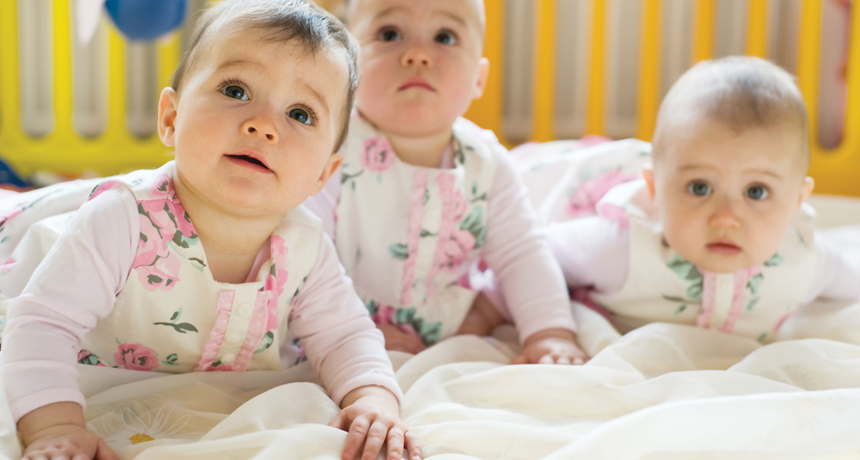Triplet births decline as IVF practice evolves
Number of U.S. pregnancies resulting in three or more babies has gone down since 1998

FEWER TRIPLES The rate of triplet births in the United States has fallen over the last 15 years. Researchers attribute the drop in part to changes in the way doctors perform in vitro fertilization.
Shestakoff/Shutterstock